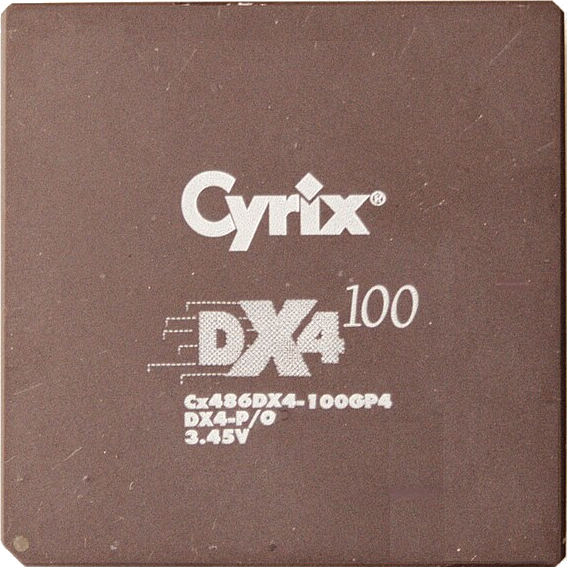

It turns out that dynamic range is limited by the audio sampling rate and the human ear can easily detect a far greater range CD audio supports.
Dynamic range isn’t limited by the sampling rate. It is limited by the resolution, which is 16 bits for the audio CD. With that resolution you get a dynamic range of 96 dB when not using any dithering and even more than that when using dithering. Even with “only” 96 dB that dynamic range is so vast, that there is no practical use of a higher resolution when it comes to playback. I know that the human ear is supposed to be able to handle 130 dB or even more of dynamic range. The thing is, you can only experience such a dynamic range once, afterwards you are deaf. So not much point in such a dynamic range there.
There are good reasons to use a higher resolution when recording and mixing audio, but for playback and storage of the finished audio 16 bits of resolution is just fine.
Yes it does. You can use a higher frequency, but that does not change anything except increase the maxiumum frequency possible. Even with perfect ears and the best equipment, there is no audible (and mathematical) difference to be had.
Everyone who claims otherwise should watch Monty’s explainer videos. I know they are quite old at this point, but everything he explains is still perfectly valid. If that does not convince you, nothing will.